When academics in Hong Kong saw workers stripping off in the sweltering summer humidity, they set out to design and manufacture from scratch a new type of uniform from ultra-breathable fabrics.
In lab stress-tests workers who wore the new t-shirt and trousers were found to suffer markedly less physiological strain and body-heat storage.
Twenty-thousand uniforms have now been manufactured and they’ll be compulsory on all Hong Kong government contracts from October this year.
The invention has won a top prize in this year’s International Innovation & Research Awards, organised by the Chartered Institute of Building.
Hong Kong, situated on the subtropical South China coast, is typical of many highly urbanised localities in East and Southeast Asia. In hot and humid conditions, workers are subject to heat stress and the frequency of heat-related health incidents in the Hong Kong construction industry is higher than in other occupational settings.
Guidelines recommend that construction workers wear thin and light clothes with good permeability when working in hot weather. But there has been no precise criteria for identifying “appropriate” summer work clothes, and workers often go semi-nude to seek relief.
Professors Albert P.C. Chan FCIOB and Francis K.W. Wong FCIOB, of Hong Kong Polytechnic University, have been studying health and safety issues for some years.
In videotaped observation in 2013, they observed that about 16% of 555 construction workers stripped to the trousers while working in hot weather, which exposes them to solar ultraviolet radiation and heightens the risk of skin cancer.
This led Chan and Wong and their team to set about engineering a proper summer uniform for construction workers in subtropical regions.
Stress-testing
They assembled a multidisciplinary team with expertise in occupational safety and health, materials science, textile science, and exercise science.
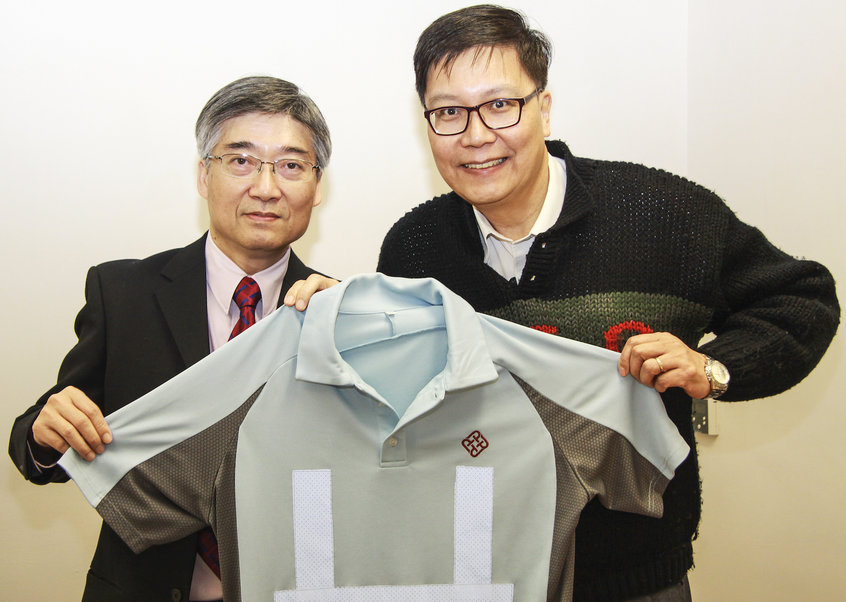
Research leaders, professors Albert Chan (right) and Francis Wong (left) display the t-shirt of the new uniform
The clothing they developed achieves high moisture transfer capacity by using new generation of fabrics such as Coolmax, and Nano-tex. The uniform has meshed warp-knit fabric on the side to aid sweat evaporation, and even the reflective strips are porous so as not to sacrifice air permeability for visibility.
The design and manufacturing process ended in December 2013 and in February 2014, stress-testing of the new uniform commenced using a climatic chamber to measure its performance. Volunteer workers were asked to exercise in temperatures and humidity levels inside the chamber approximating the Hong Kong summer, wearing the standard-issue trade uniform and then the new uniform.
These tests showed a marked improvement in key indicators for the volunteers wearing the new uniform. Wearing the new clothes cut physiological strain by 16.7% and body heat storage during exercise by 28.8%.
Out to the field
In July 2014, the researchers took the new uniform out of the laboratory and into the hot Hong Kong summer. Field surveys were conducted to test the acceptability and practicality of the new clothing in the real world.
A total of 189 workers were given the uniforms to try on the job. The field test involved a briefing, a pre-trial questionnaire, anthropometric measurements, and questionnaires throughout and after the wear trials.
This exercise demonstrated overwhelming support for the new uniform among the workers. In all, 87% of the 189 workers said they preferred to wear the new clothing, because it kept them cool, dry and comfortable without impeding mobility or work performance.
To date, researchers say, orders for a total of 22,000 sets of the new uniform have been ordered, setting de facto industry standard for heat-stress controlling clothing for the construction industry.
According to professors Chan and Wong, Hong Kong’s Four-Party Working Group Committee intends to specify the new uniform as the required standard on all government contracts by October 2016.
Photograph: Concrete form-workers in Hong Kong try the new uniform in field tests during the summer of 2014 (Chan and Wong)
Comments
Comments are closed.





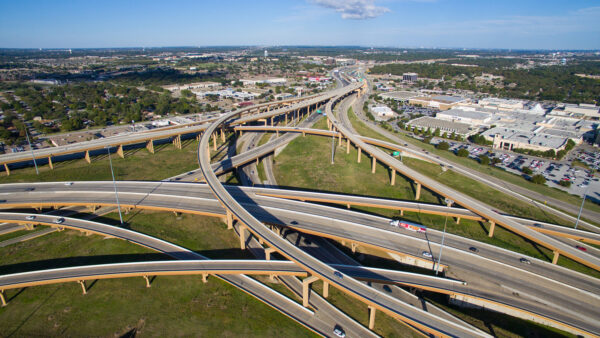
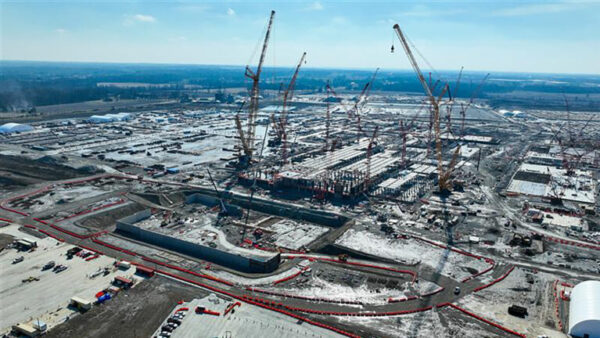
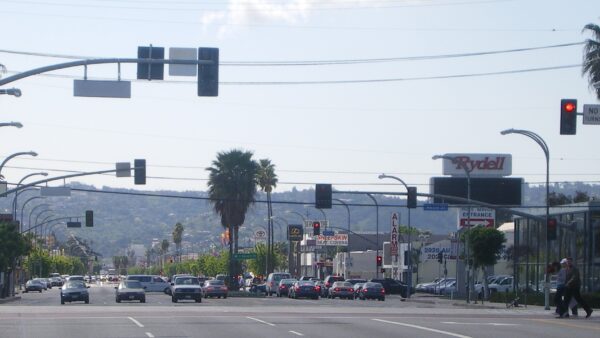
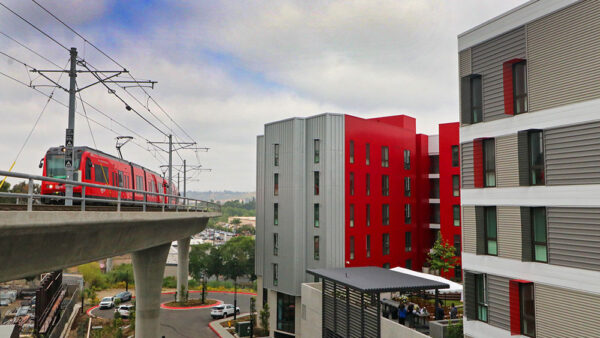
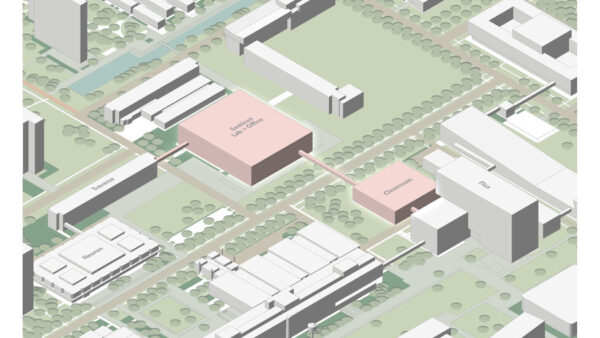
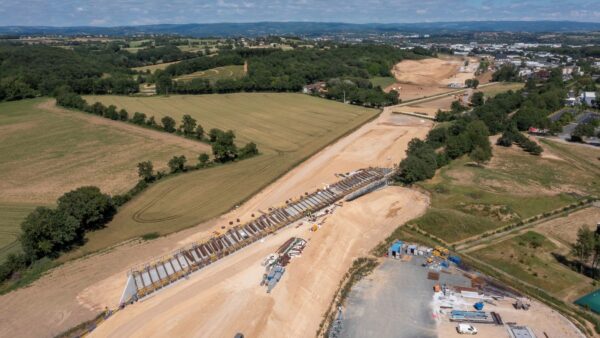
Do the shirts have a flame retardant rating and would they be available in High Vis colors?